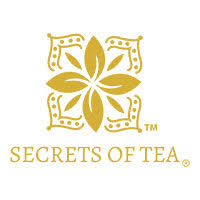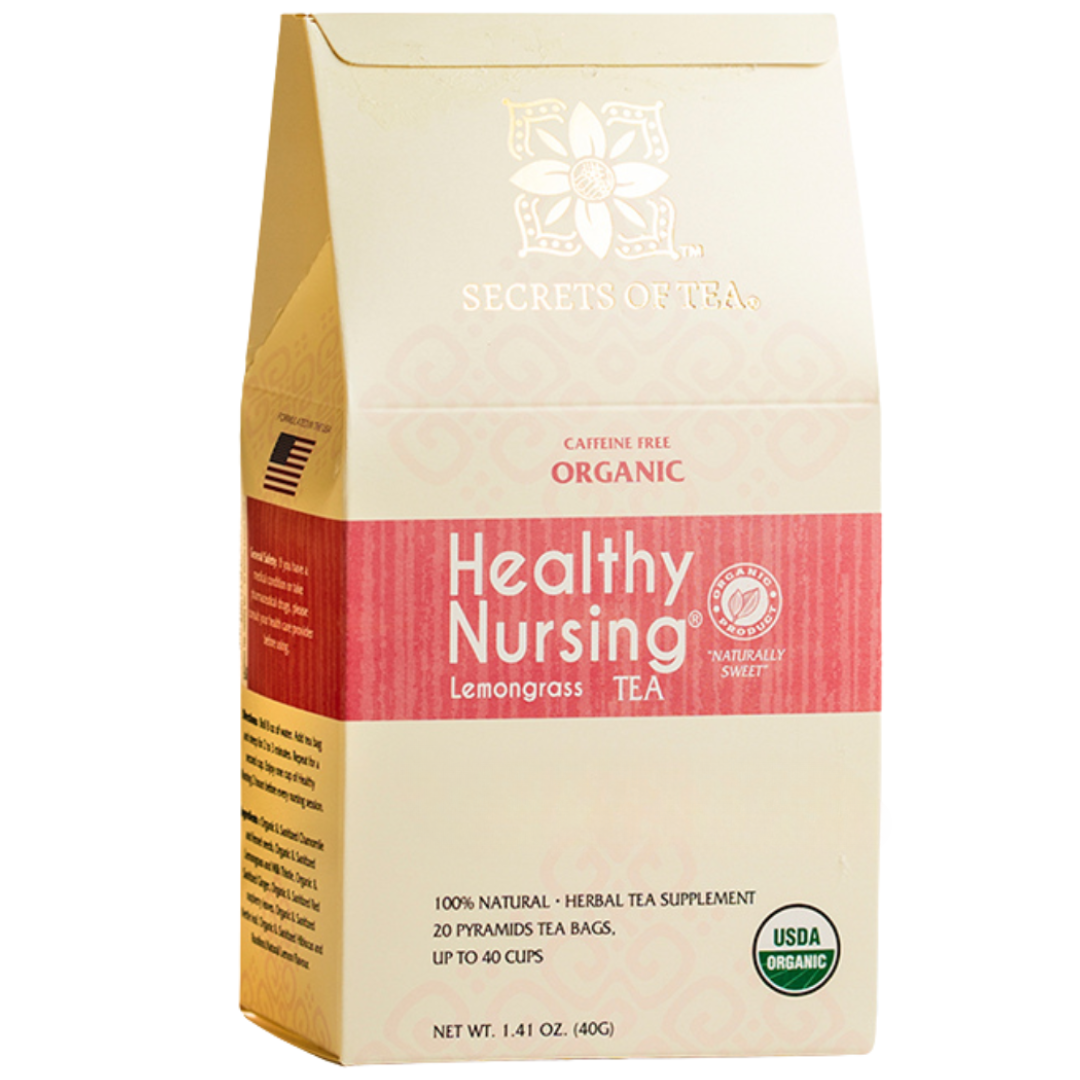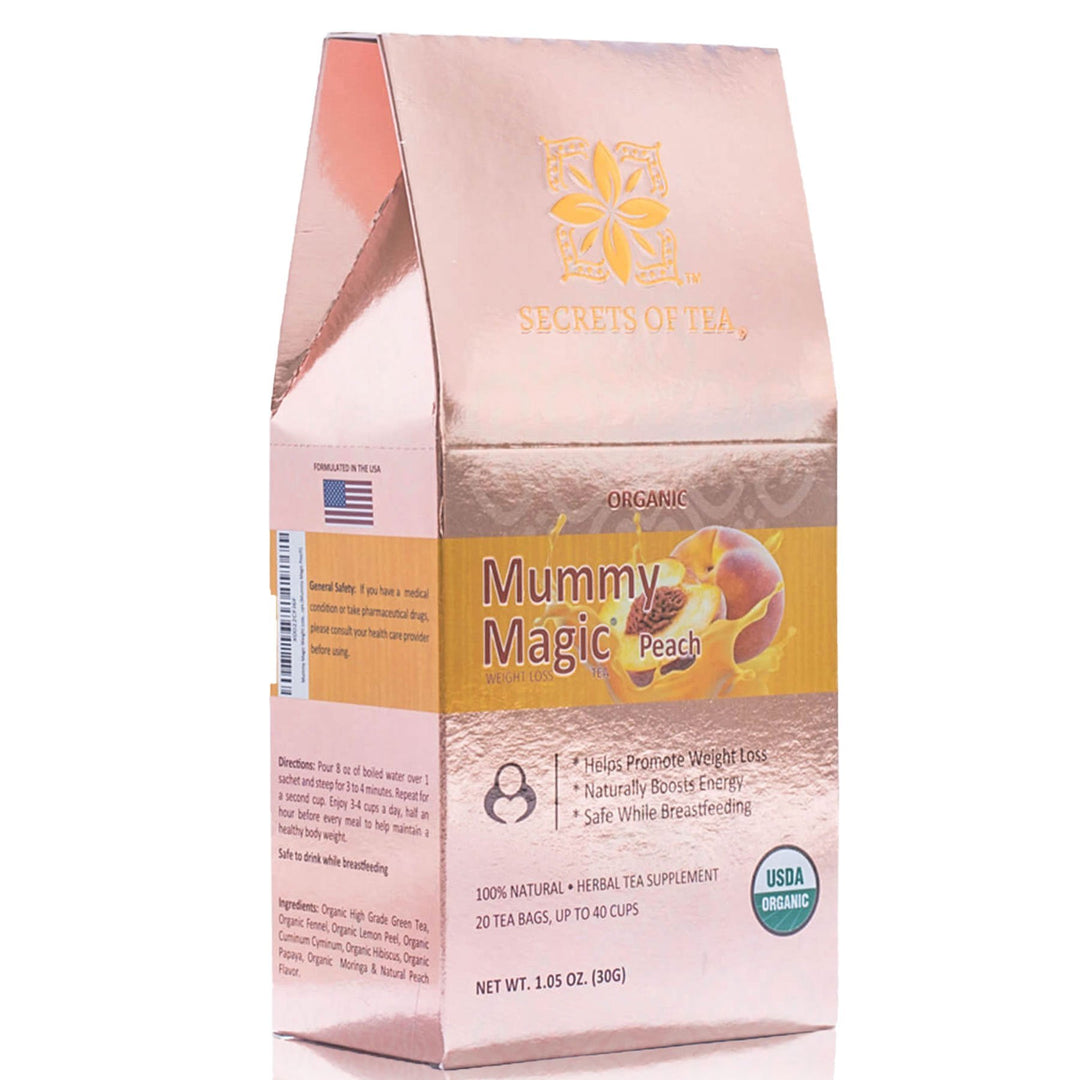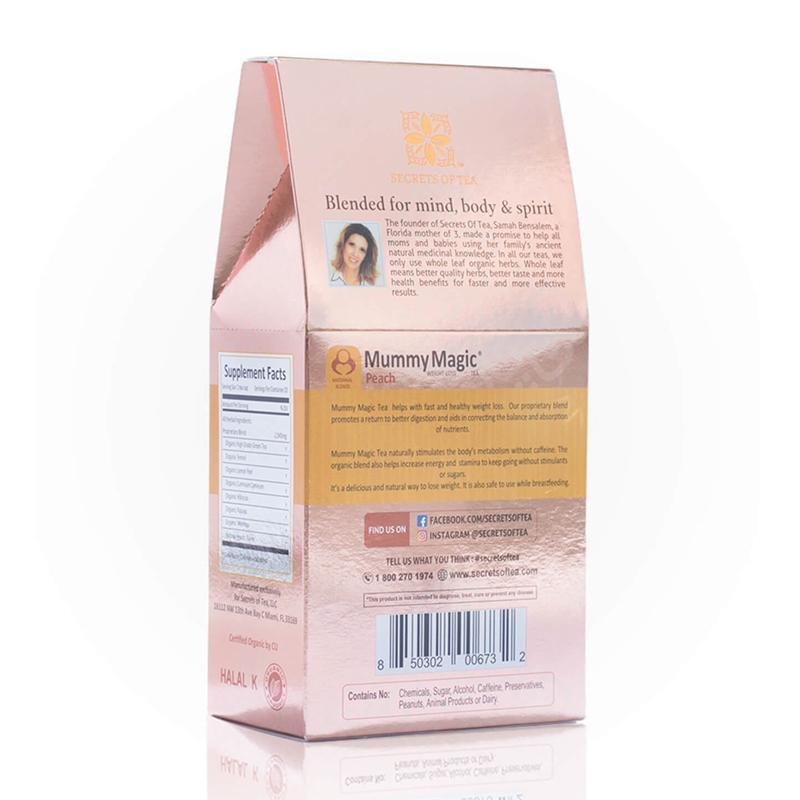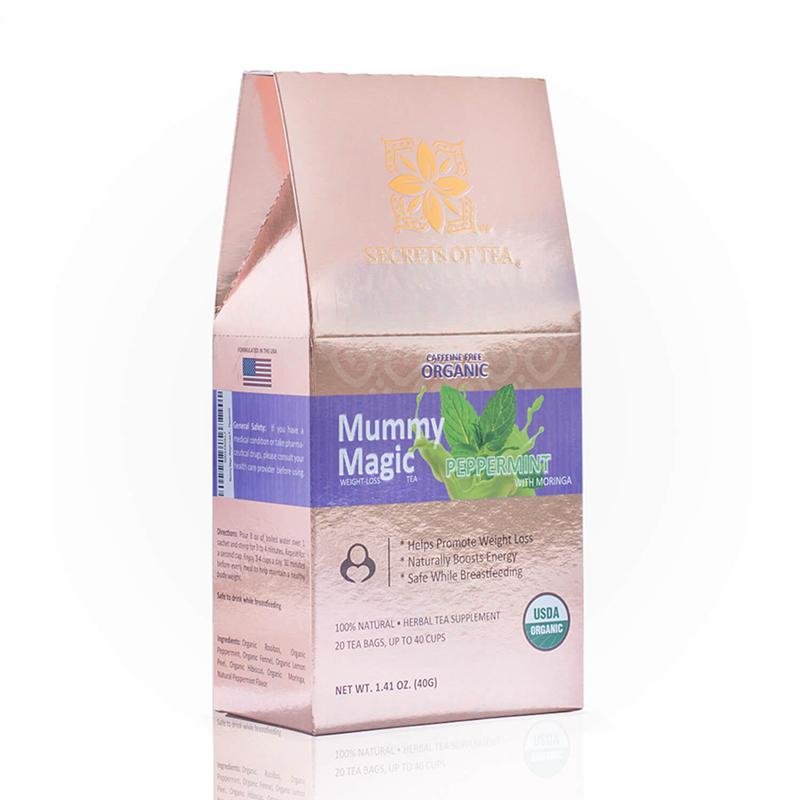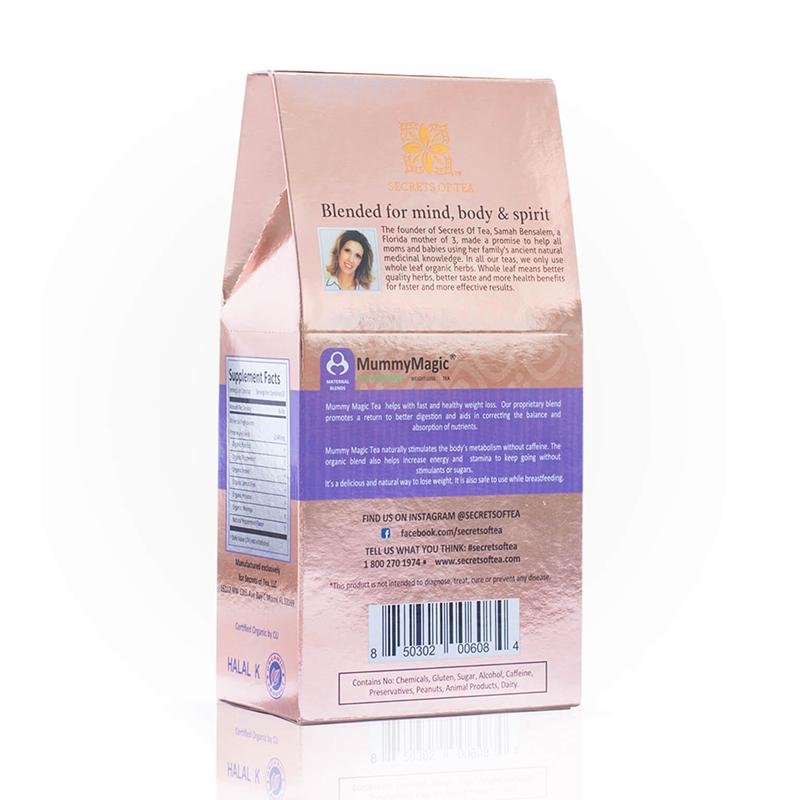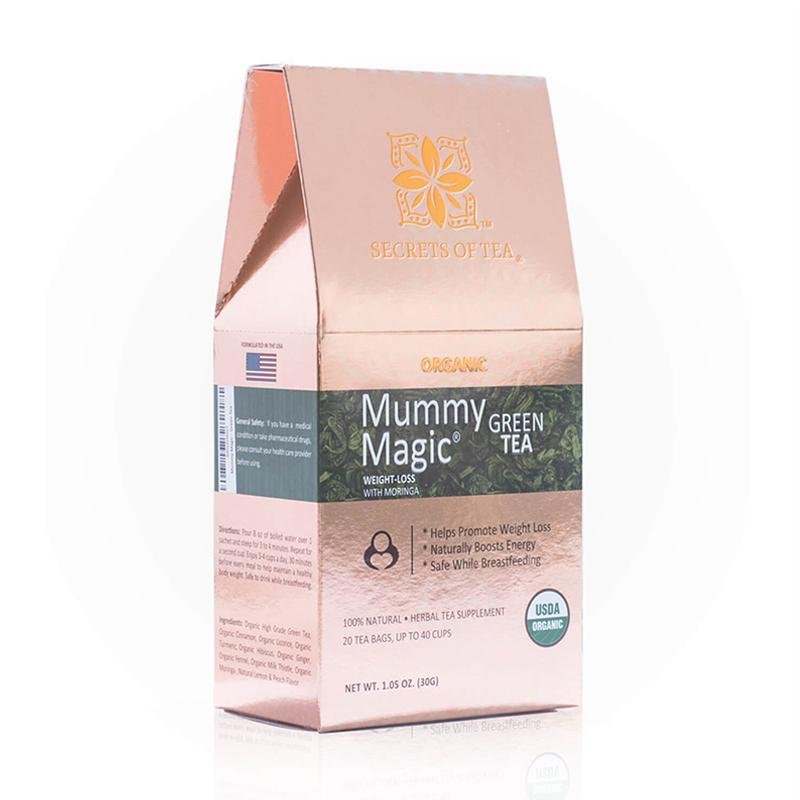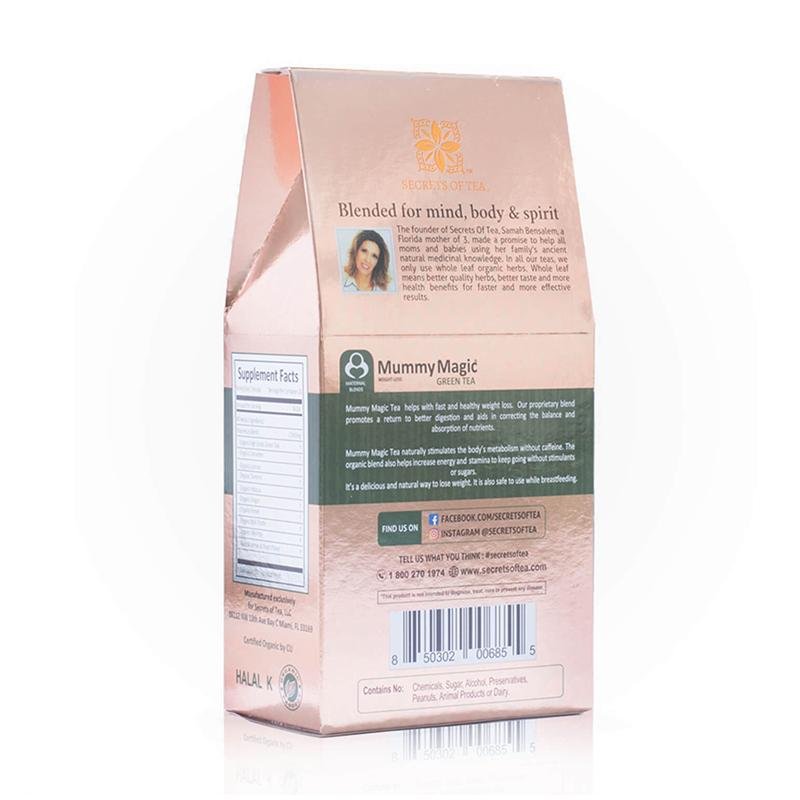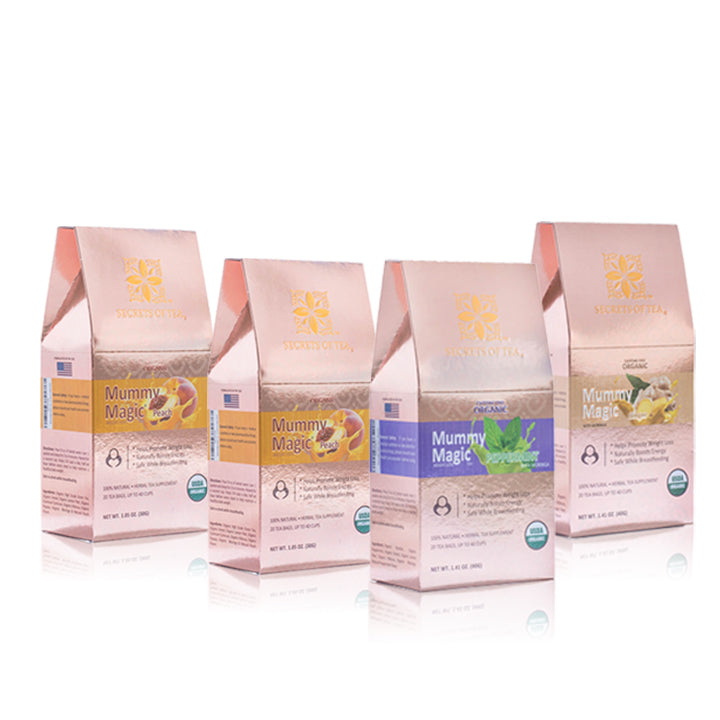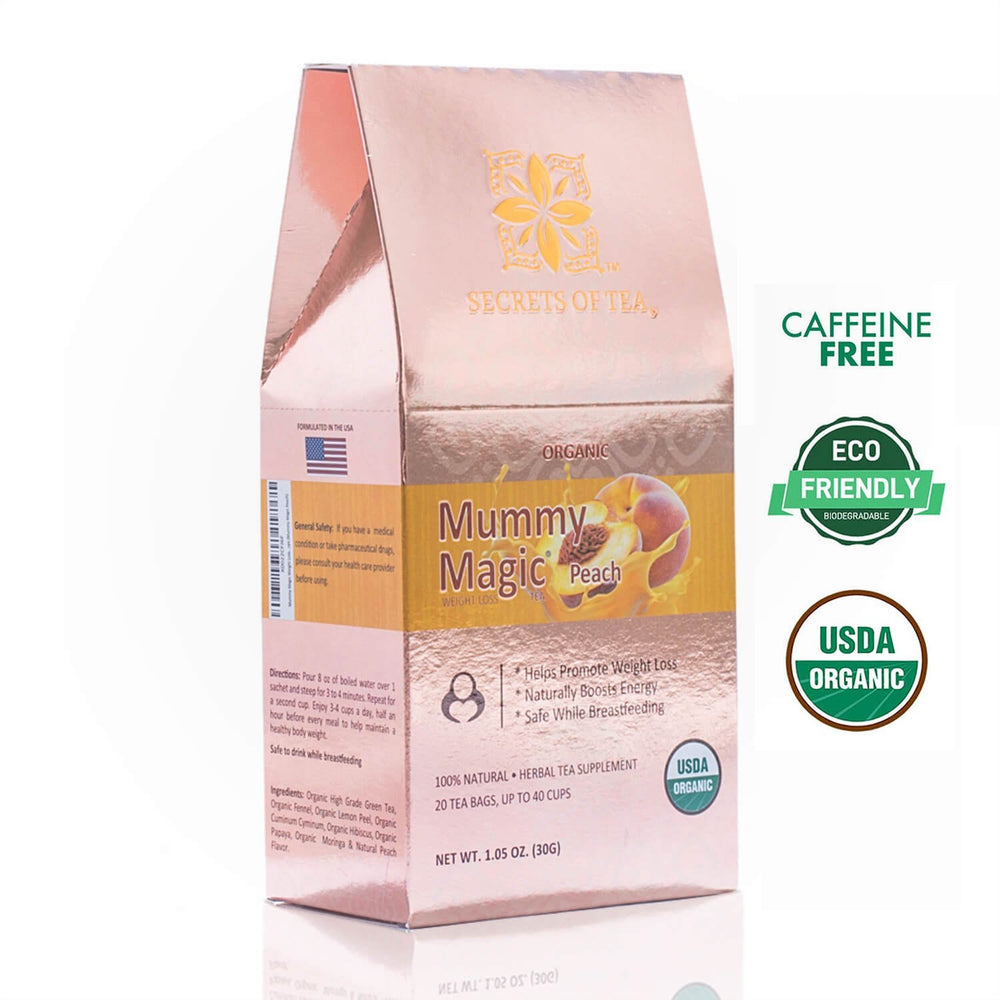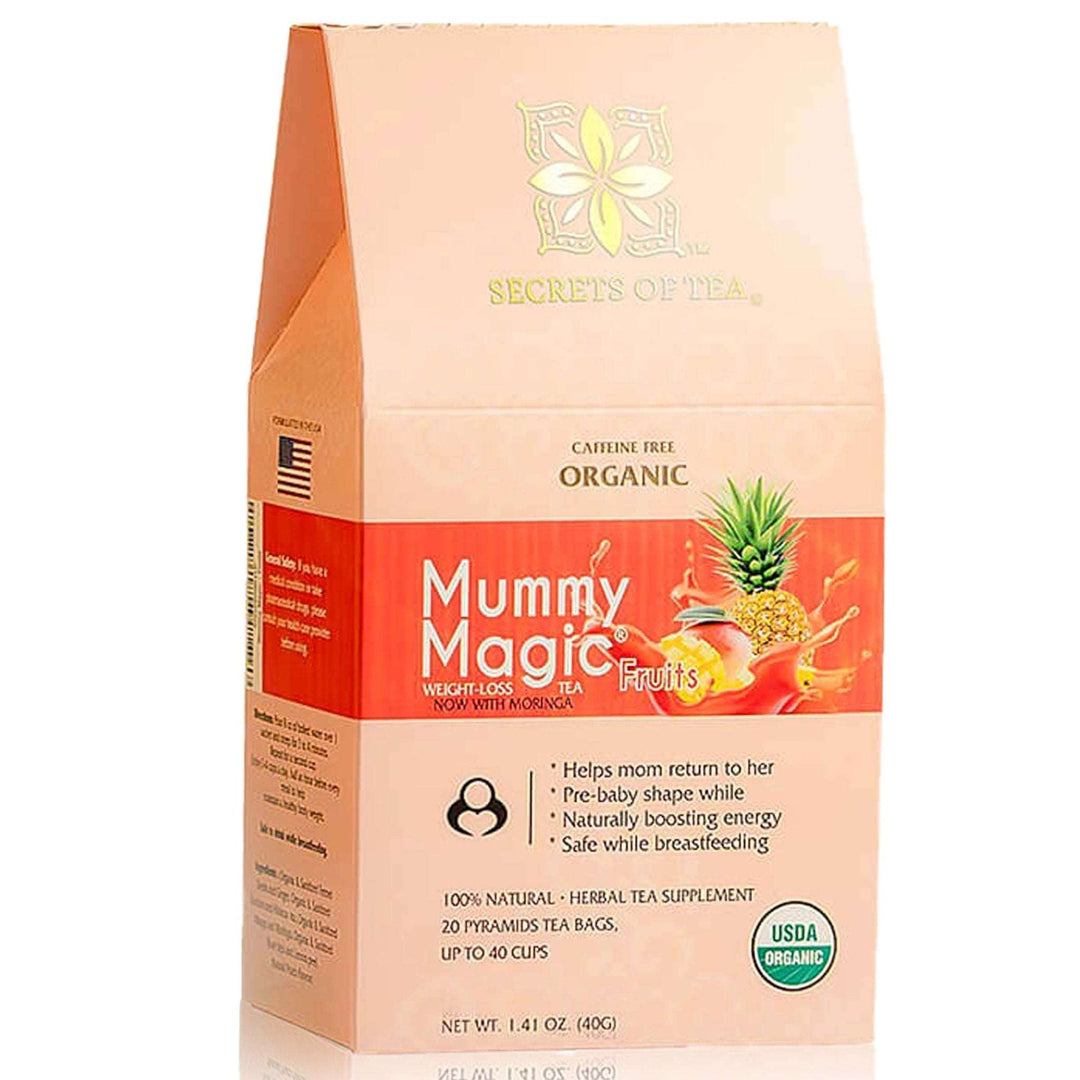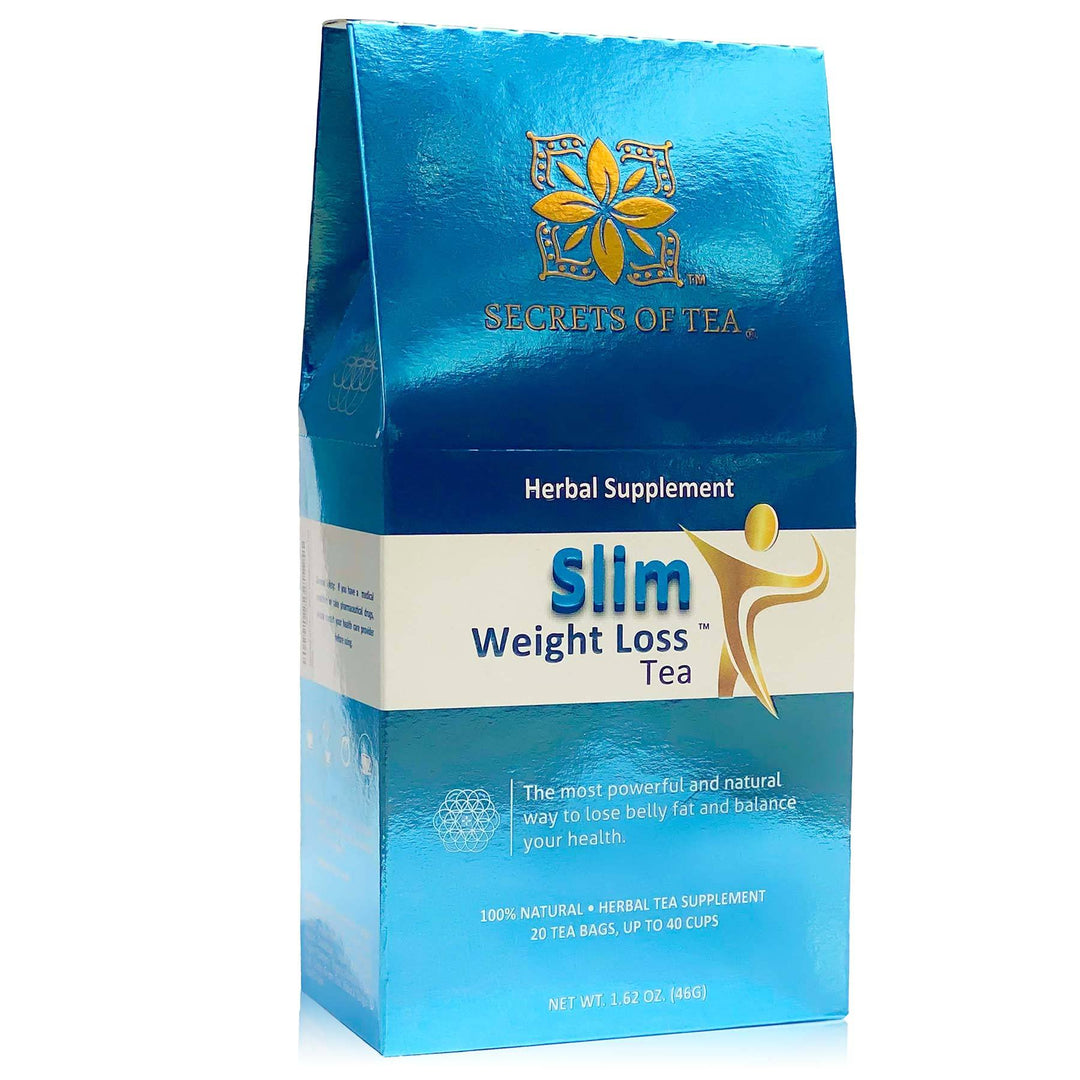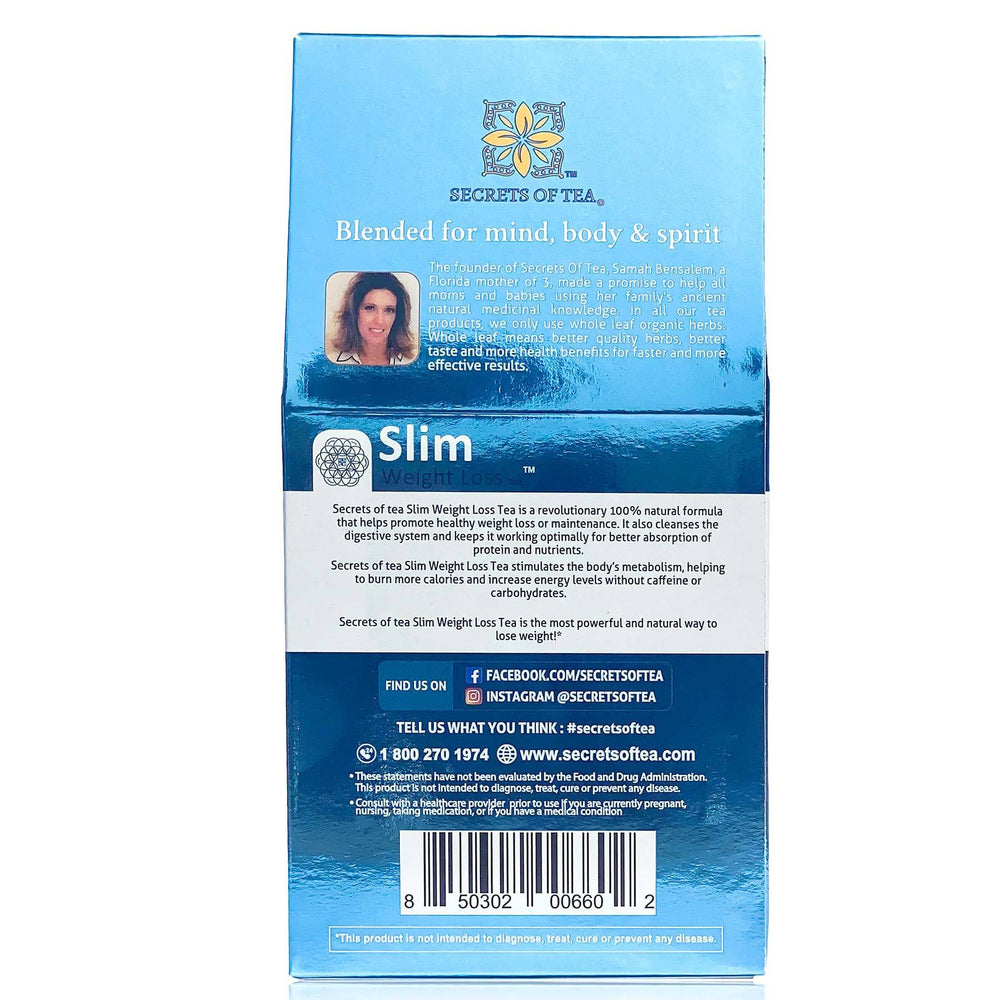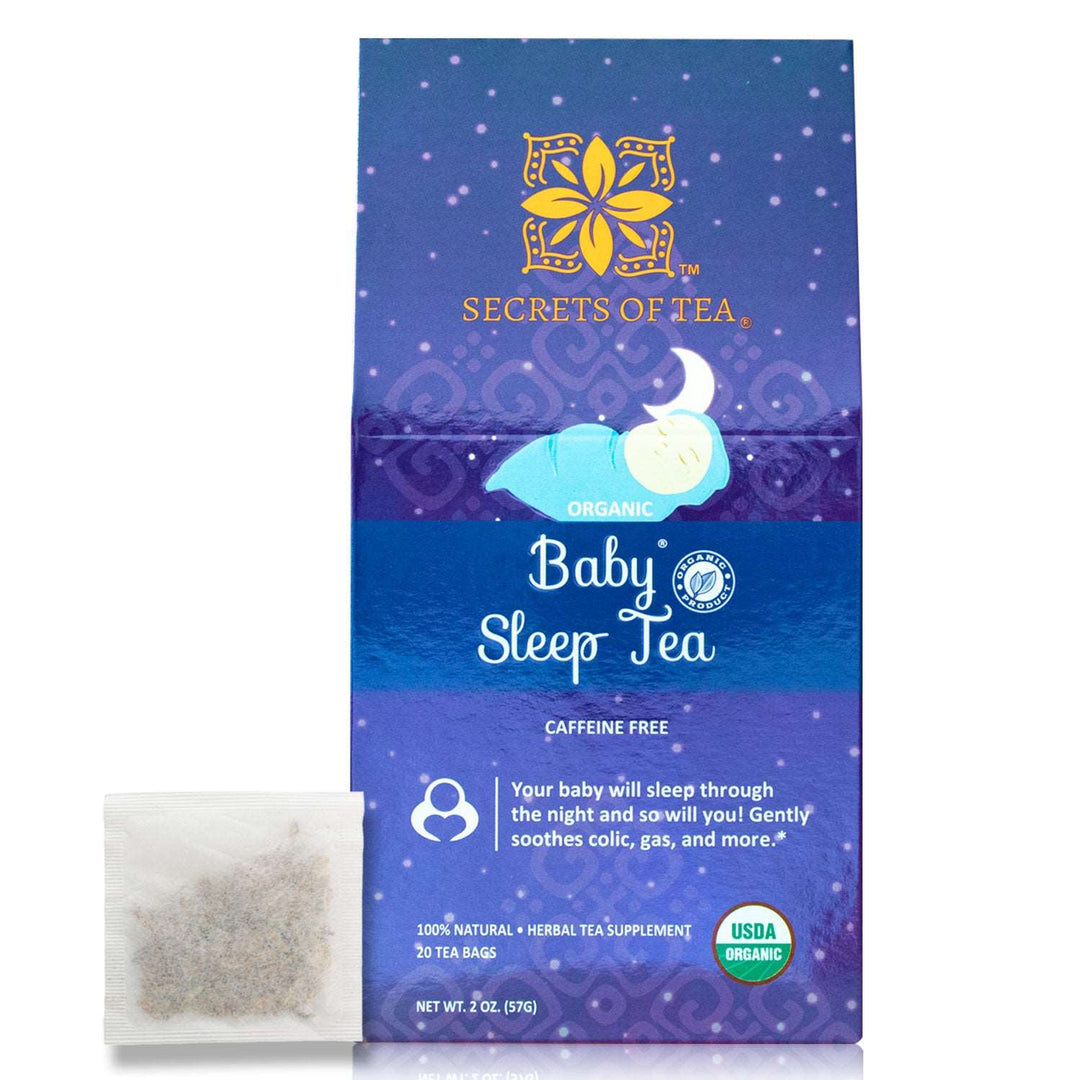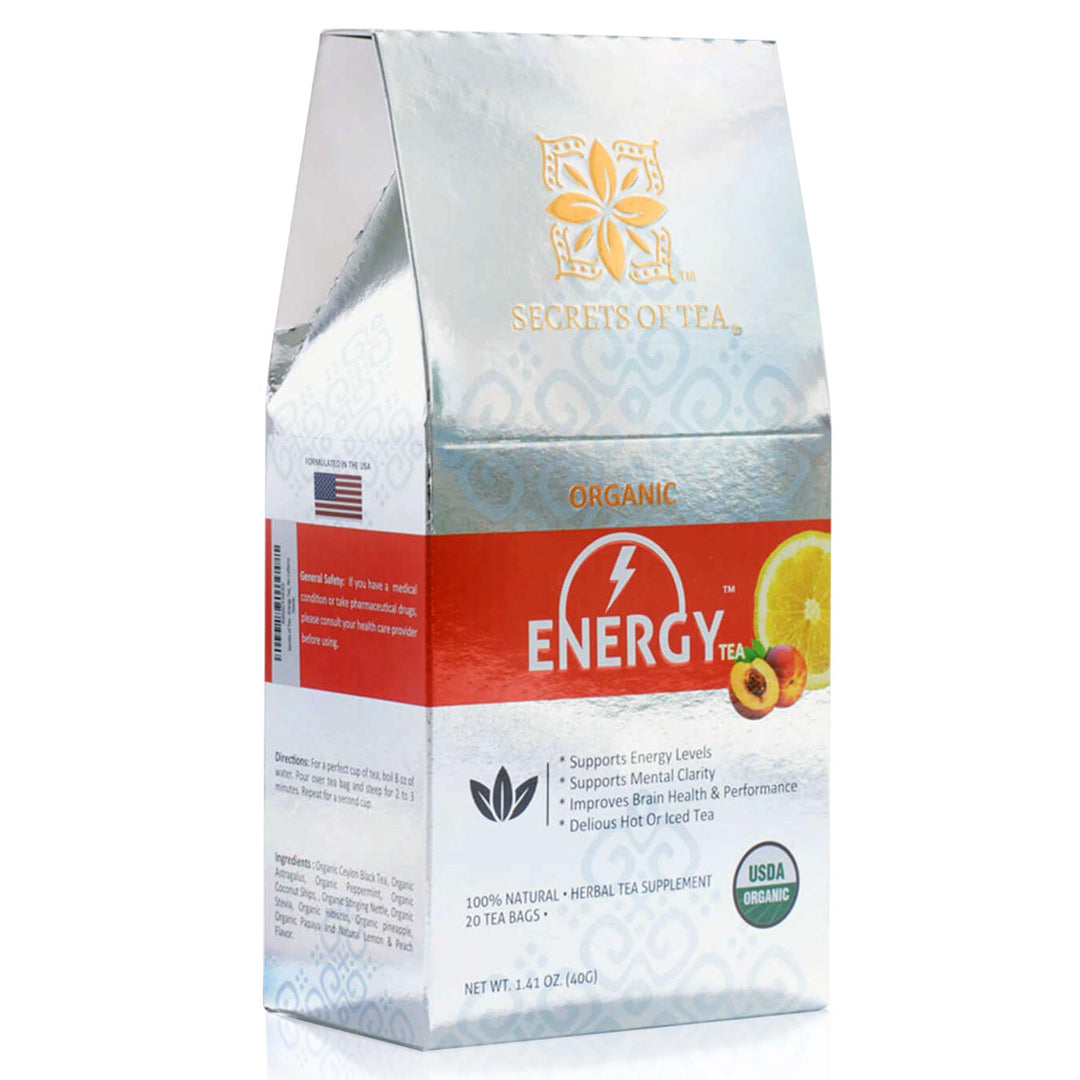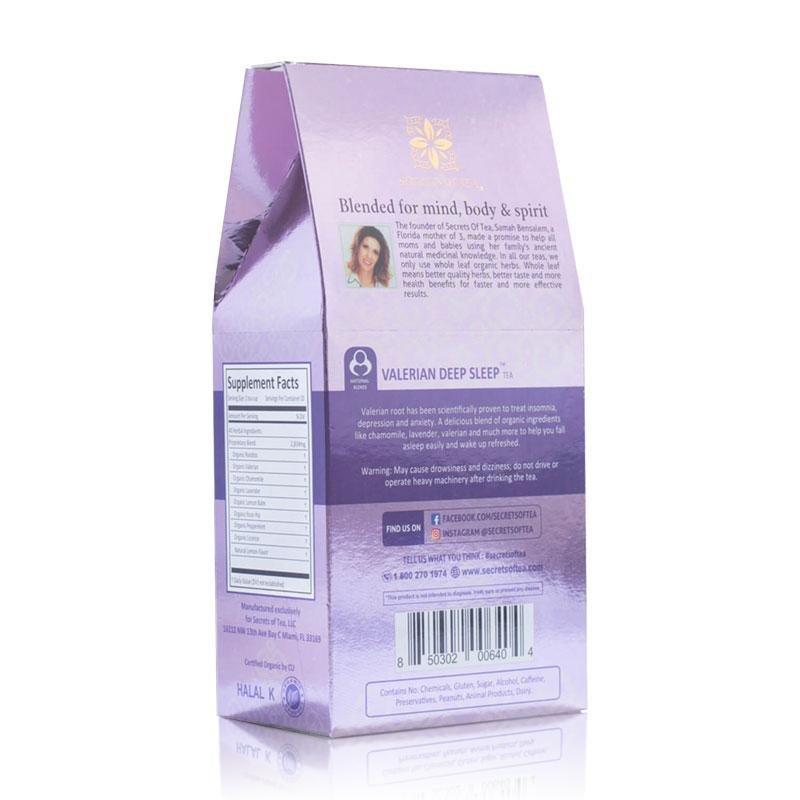Our lactation support collection offers a variety of natural and effective products to help nursing mothers. Whether you’re seeking to boost your milk supply, support postpartum recovery, or enhance your breastfeeding experience, our range of products is designed to nurture both you and your baby. From herbal teas to supplements and lactation-boosting snacks, we provide safe, organic solutions for all your breastfeeding needs.
Breastfeeding Q&A
1. How long should each feeding take?
Each feeding can take anywhere from 20 to 45 minutes, depending on the baby's age and efficiency at nursing. Newborns typically need longer feeding sessions, while older babies may nurse more quickly. Aim for about 10 to 20 minutes on each breast, but always watch for your baby's cues rather than relying strictly on the clock.
2. What should I do if breastfeeding irritates my nipples?
Nipple irritation can occur for various reasons, including improper latch, dry skin, or friction. To alleviate this:
- Ensure your baby is latching correctly with as much of the areola in their mouth as possible.
- Apply nipple creams or lanolin ointments after feeding to moisturize and heal the skin.
- Allow your nipples to air-dry after feeding.
- Use breast shells or soft pads inside your bra to reduce friction.
3. When should my breast milk come in?
Breast milk typically comes in between 2 to 5 days after birth. During the first few days, your body produces colostrum, a nutrient-rich "pre-milk" essential for the baby. Once your milk comes in, you may notice your breasts becoming fuller and heavier.
4. How do I know if my baby is getting enough breast milk?
You can tell if your baby is getting enough breast milk by observing the following signs:
- The baby seems content and satisfied after feeding.
- They have regular wet diapers—usually 6 or more per day after the first week.
- Your baby is gaining weight consistently, which your pediatrician can help track.
- You can hear swallowing sounds during feeding, and your breasts feel softer after nursing.
5. What if my baby is favoring one side over the other?
If your baby is favoring one breast, try offering the less favored side first when they are hungrier. You can also try different nursing positions to make the less favored side more comfortable for your baby. Ensure there's no issue, like a blocked duct or discomfort, that might be causing your baby to prefer one side.
6. What are the best holds to try?
Several holds work well for breastfeeding. Some of the most popular include:
- Cradle Hold: The baby's head rests in the crook of your arm, with their body turned to face yours.
- Football Hold: The baby is tucked under your arm like a football, which can be useful if you had a C-section or for larger breasts.
- Side-Lying Position: Both you and the baby lie on your sides, facing each other, which is ideal for nighttime feedings.
- Cross-Cradle Hold: Similar to the cradle hold but with your opposite hand supporting the baby's head for better control.


